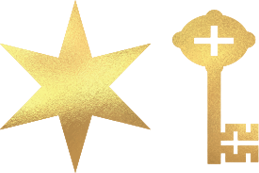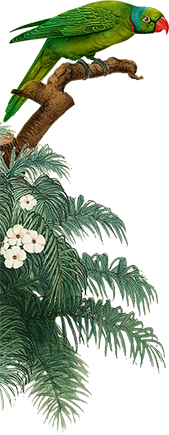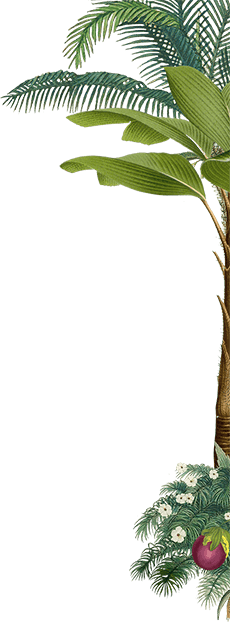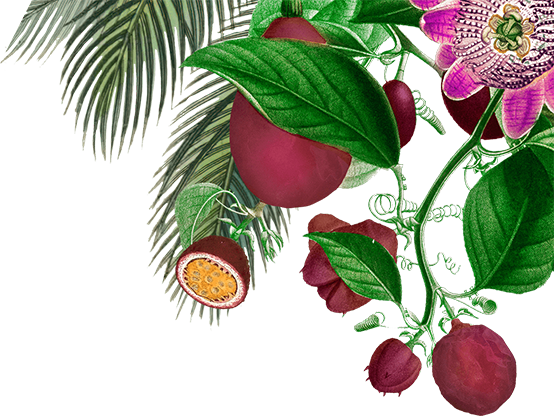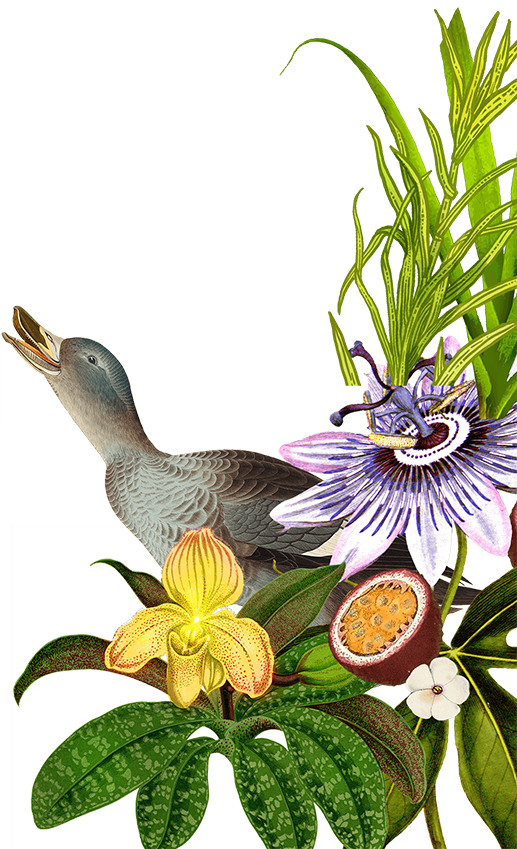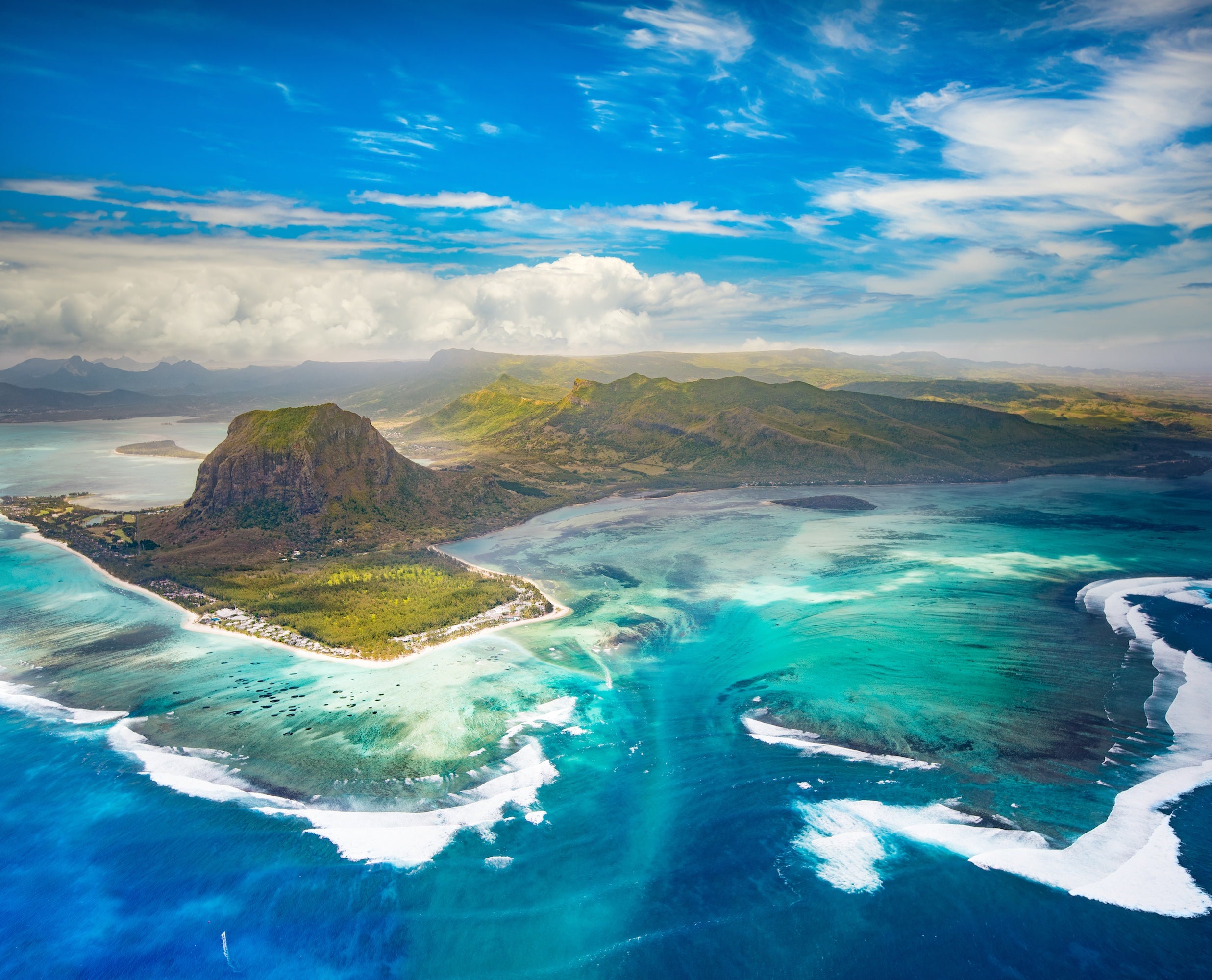
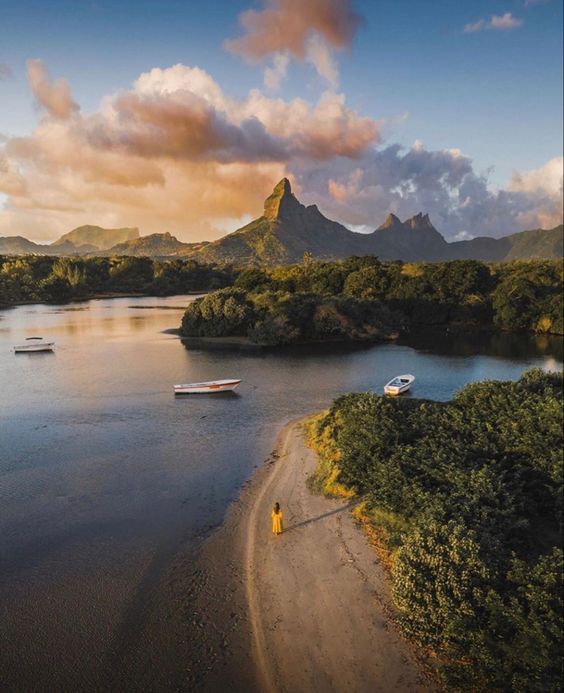
Mauritius
Known as “The Star & Key of The Indian Ocean”, Mauritius is one of the smallest and most remote island nations in the world. Lying over a thousand miles east of Africa on the far side of the world, its isolation has allowed it to preserve its unique ecosystems with plants and animals found nowhere else on earth.
Crystal-clear waters and white sand beaches give way to a lush landscape based in fertile volcanic soil. Dense rainforest, hidden waterfalls and soaring mountain peaks are skirted by thousands of acres of sugar cane.
In fact, Mauritius was one of the first places in the world to cultivate sugar cane - first introduced in 1639. Hundreds of years later, it is still the island’s main crop.
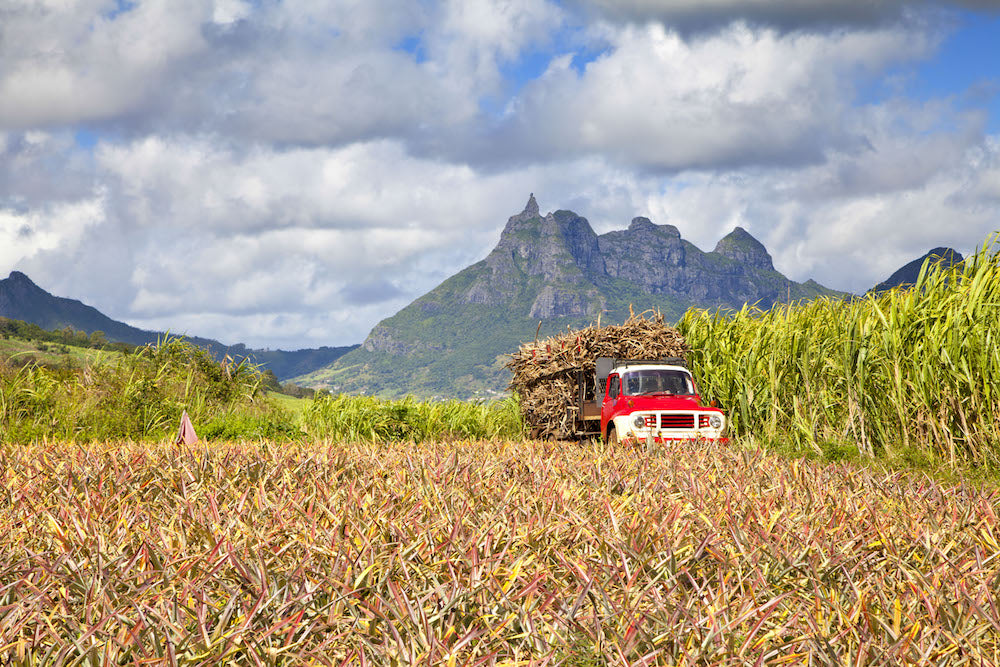
Once known as the exotic land of the dodo (before it... went the way of the dodo) the Dutch first settled in this uninhabited paradise of plenty in the 1600s. This was also the first record of sugar cane being planted on the island. The French arrived in 1715 and temporarily renamed it “Ile de France”. They also expanded the cultivation of sugar cane as conditions were perfect for the crop to flourish.
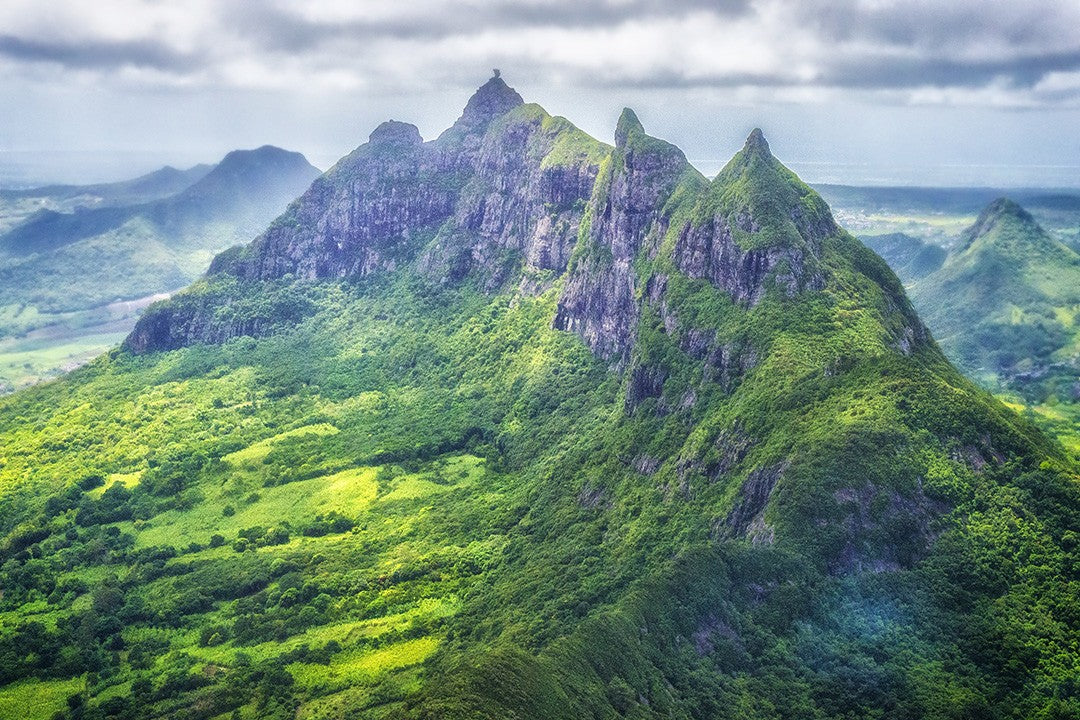
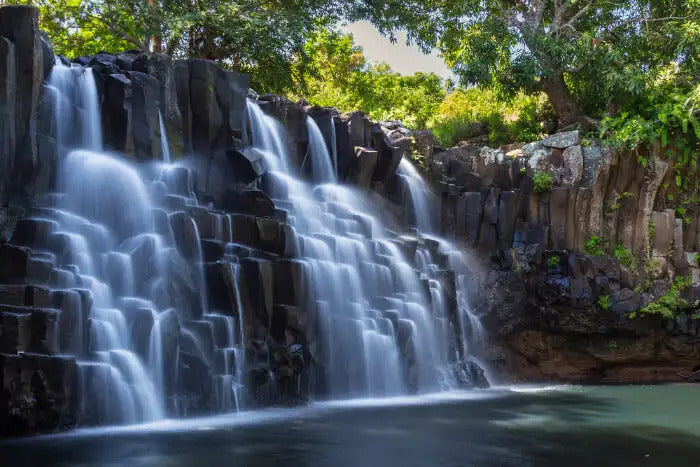
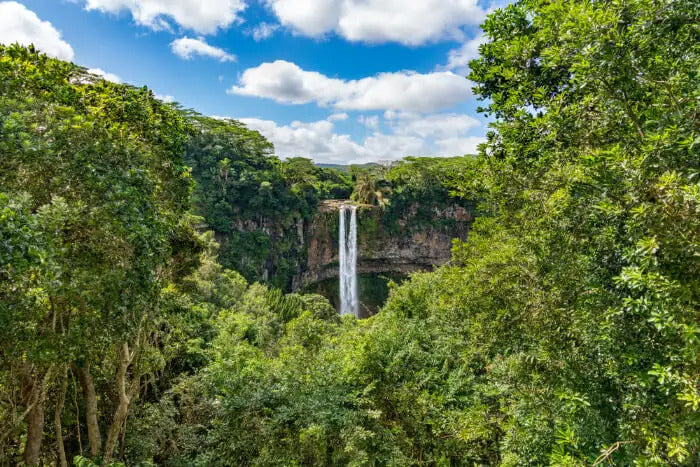
In 1810 the British arrived, renamed it Mauritius and continued to grow the sugar industry. We remained a British colony until our independence in 1968.
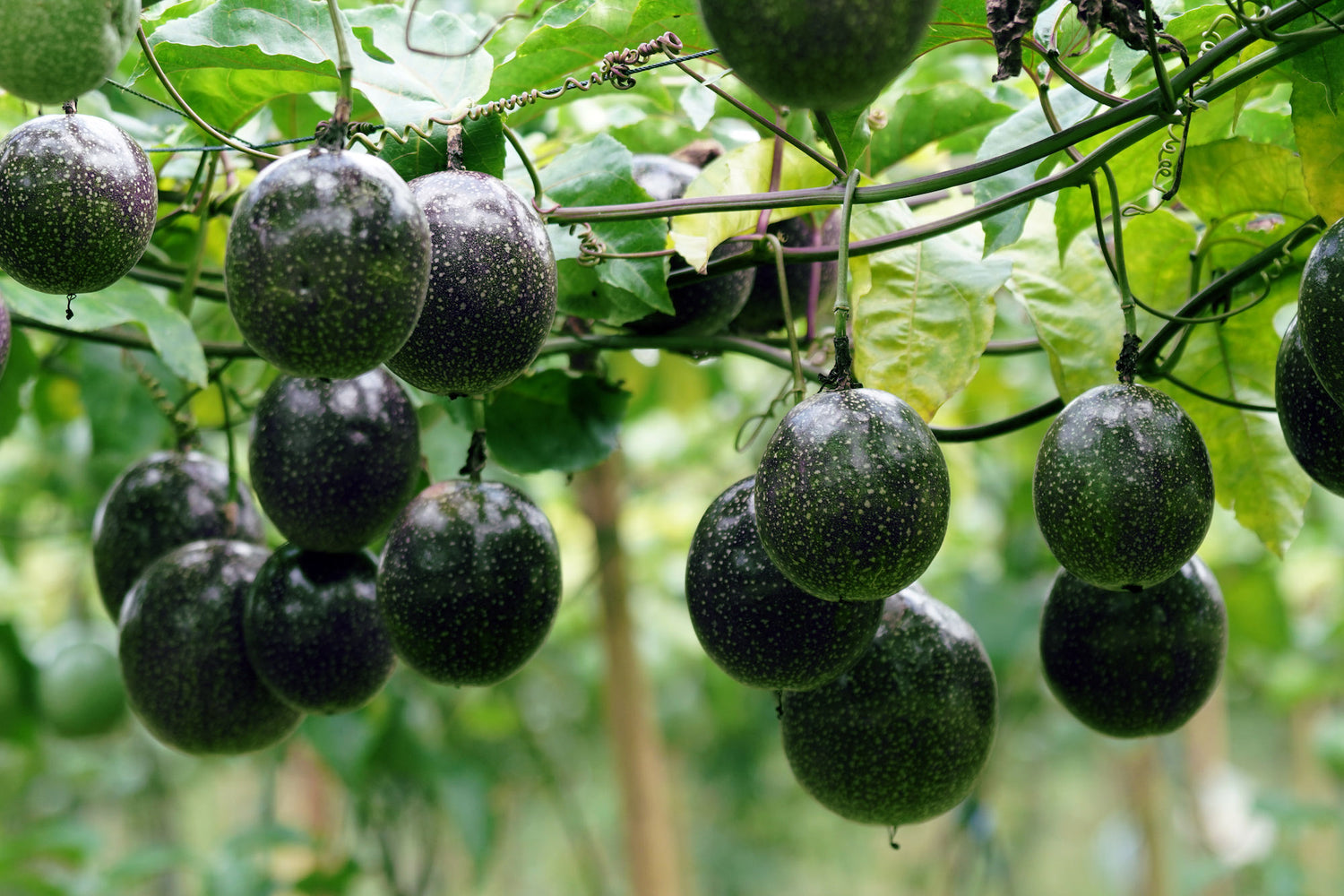
Today Mauritius is a melting pot of European, African and Indian cultures making for a vibrant mix of influences on what has become one of the world’s top holiday destinations. People come from all over the world to sample our pristine reefs, white sand beaches, unique flora and fauna, and of course... our rum.
